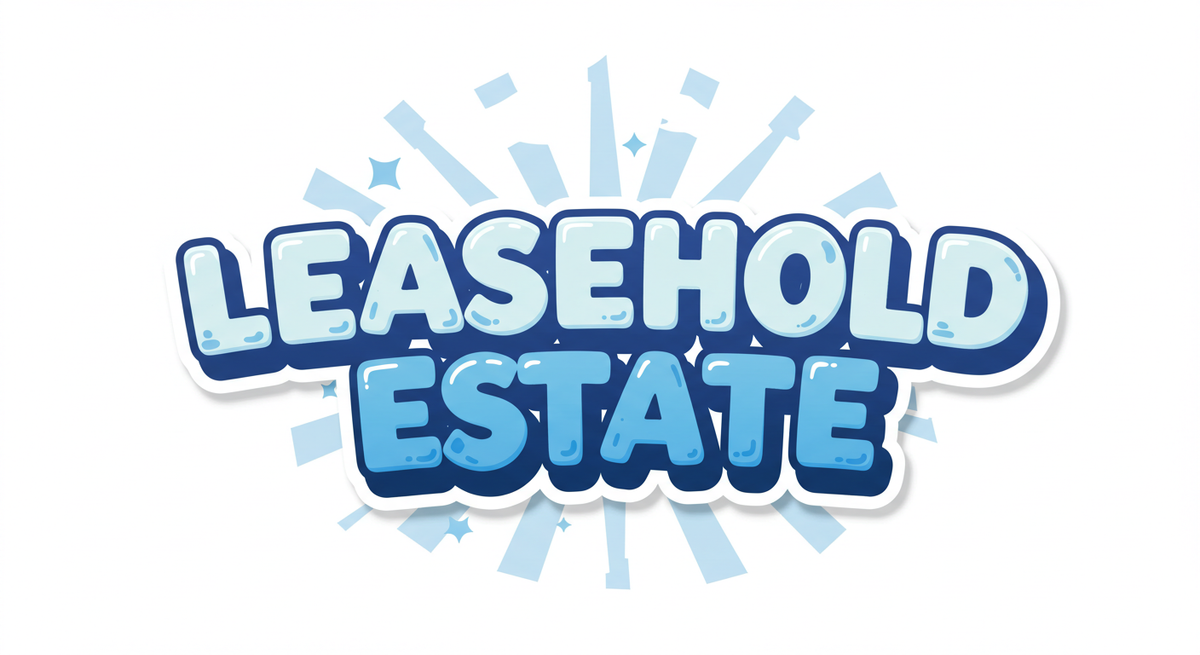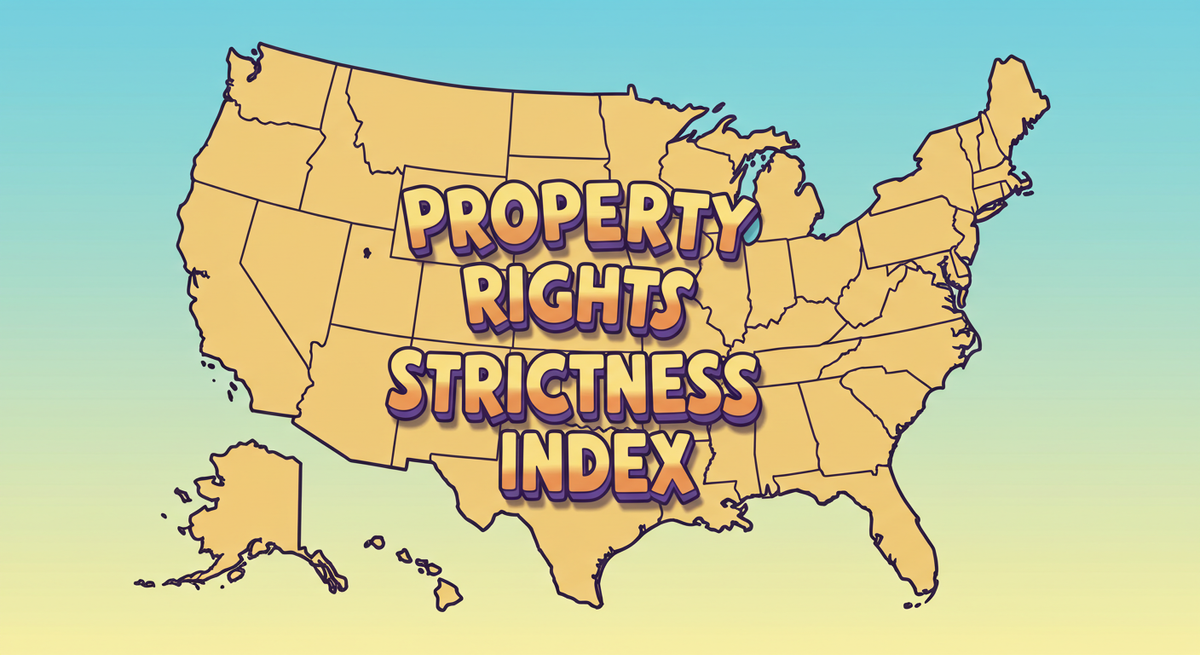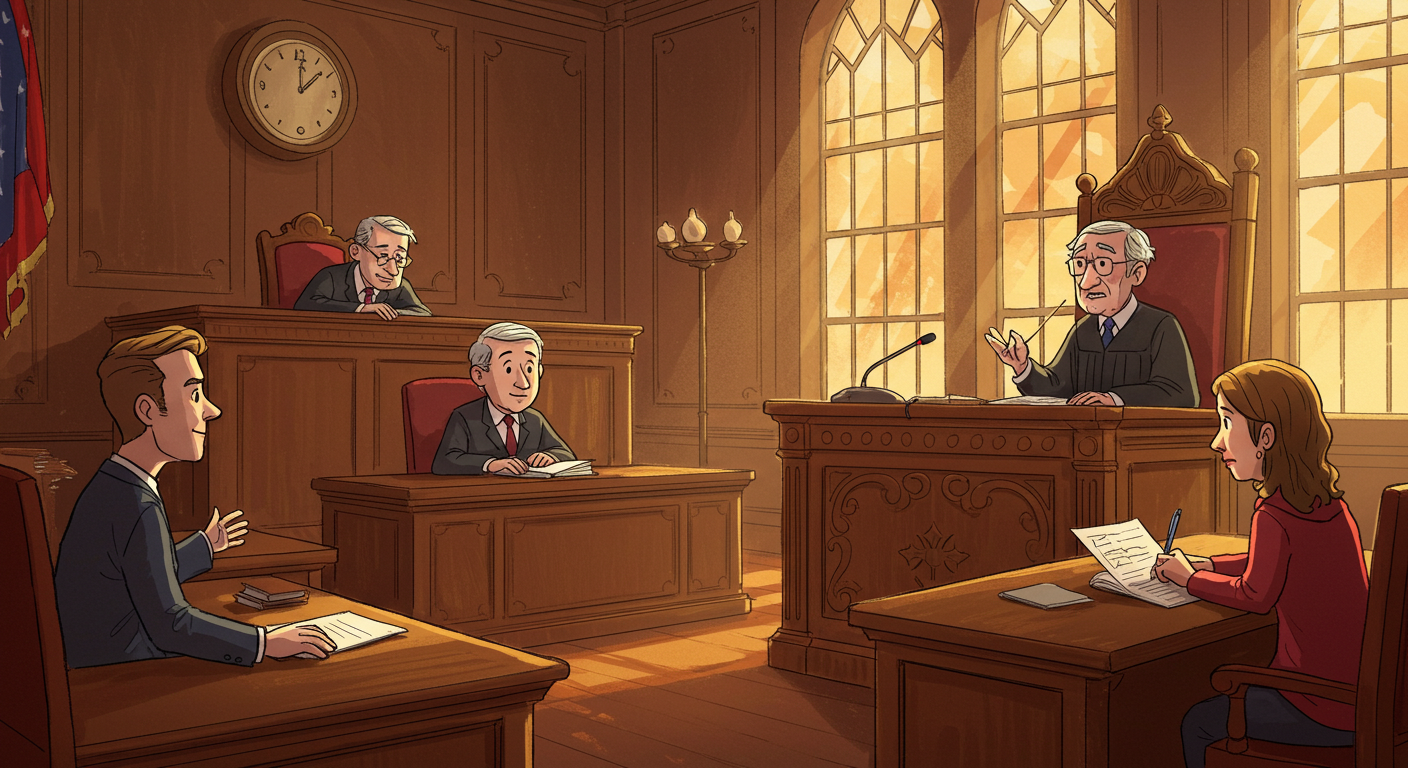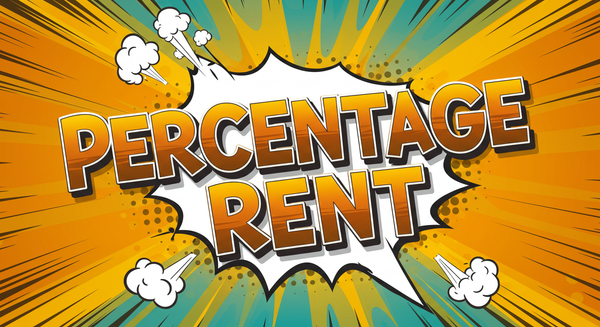Leasehold Estate in Property Management: A Complete Guide
A leasehold estate means a renter has exclusive possession of a space, while ownership remains with the landlord

A leasehold estate is the tenant's legal right to occupy and use a property for a defined period. Put another way, a leasehold estate means a renter has exclusive possession of a space, while ownership remains with the landlord.
Why does this matter? Because understanding leasehold estates helps property managers navigate lease agreements, ensure legal compliance, and maximize rental income potential. Residential leases, commercial ground leases (ground rent), and even public leasehold arrangements fall under this umbrella—and each brings unique challenges and opportunities.
In this guide, you’ll learn what a leasehold estate is, how it works in the real world, what legal risks it involves, and best practices for managing these arrangements.
What Is a Leasehold Estate?
A leasehold estate is the legal right a tenant has to use and occupy real property for a set lease period under a lease agreement. Ownership of the property stays with the property owner, but the tenant gets exclusive rights to the space.
Types of leasehold estates include:
- Estate for years – fixed-term leases with a clear beginning and ending date (e.g., 1-year rental agreement)
- Periodic tenancy – automatically renewing leases unless terminated (e.g., month-to-month)
- Estate at will – flexible, terminable anytime
- Estate at sufferance – when a holdover tenant stays after lease term expiration without permission
In residential property management, leasehold estates are the backbone of tenant relationships.
In commercial real estate settings, they get more complex—think long-term ground leases, subletting, leasehold improvements, and leasehold mortgages. Tenant modifications to leased properties often become central to these agreements.

Why Leasehold Estates Matter: Real-World Impact & Application
Operational Impact
Leasehold estates shape everything from real estate transactions and leasing strategy to NOI (net operating income). They affect:
- Tenant screening and lease agreement terms
- Maintenance responsibilities for leased property
- Rent structure, monthly rent collection, and escalation clauses
According to the USDA loan guidelines, leasehold estates must be legally considered real property, able to be mortgaged, insured, and recorded through land registration. That means getting your documentation right isn’t optional—it’s required.
Missing this detail could cost you thousands in back charges. For instance, if lease term lengths don’t meet funding requirements (e.g., VA loans requiring 14+ years), you risk disqualification.
Leasehold interest also impacts property value. The Texas Attorney General’s Office notes that "the fair market value of real estate free and clear of a lease is the value of the leased fee estate plus the value of the leasehold estate."
Example: Sublease Complications in Commercial Retail
- Challenge: A retail tenant in a strip mall wants to sublease part of their leased property.
- Solution: The property manager checks the original lease and state law. In Texas, unless the lease allows it, subleasing is prohibited. The lease didn’t include this clause.
- Outcome: The sublease is denied. The tenant expresses frustration, and negotiations stall.
- Takeaway: Always define assignment and sublease rights clearly. Proactively address these in the leasehold agreement. For more, see subletting and assigning tenancy rules.
Decision Tree: Can You Sublease?

Legal & Compliance Essentials
To stay compliant, property managers must know:
- Leasehold estates must be recorded in land registration records
- Federal loan programs require long lease terms (e.g., 45+ years for USDA loans)
- Title insurance is often required for leasehold properties
- Assignment and subletting rights must be spelled out in writing
- Change of ownership laws (e.g., 35+ year lease triggers reassessment in CA)
Don’t: Assume verbal agreements are enforceable
Do: Use written lease agreements, and ensure they align with lender and legal standards
Check out legal habitability standards to ensure your property meets minimum leasehold conditions. Also, review eviction processes for lease violations in your area.
Best Practices for Managing Leasehold Estates
1. Use Written Leases With Specific Term Lengths
- Why: Many programs (USDA, VA, HUD) require minimum lease term lengths
- How: Align lease period with funding requirements (e.g., 45+ years for USDA loans)
2. Ensure Lease Assignability and Subletting Clarity
- Why: Prevent tenant disputes and legal setbacks
- How: Include explicit clauses in leasehold agreements allowing (or restricting) transfers
3. Require Title Insurance and Proper Recording
- Why: Protect both parties and ensure legal standing for leased property
- How: Record lease agreements and confirm title policy coverage
4. Monitor Local and Federal Regulations
- Why: Leasehold rules vary widely between federal, state, county and even city
- How: Regularly review state statutes and program guidelines like those found in USDA and HUD policy manuals
Key Questions Answered
What’s the difference between a leasehold estate and a freehold estate?
A leasehold estate grants time-limited possession rights. A freehold estate offers ownership and full possession rights. For property managers, this affects how real property is valued, taxed, and managed.
How is a leasehold estate established?
Via a written lease agreement outlining lease term, rights, and conditions. Once signed and recorded, it becomes a legal estate interest.
Can a leasehold estate change during a lease term?
Generally, no. But with mutual agreement, leasehold arrangements can be amended. Without proper documentation, such changes may not hold up legally.
What happens to a leasehold estate when the lease expires?
When a lease expires, the tenant loses their legal possession rights. If they remain without permission, they become a holdover tenant under an estate at sufferance, which may lead to eviction or renegotiation.
What does it mean to buy a leasehold property?
Buying a leasehold property means you purchase the right to occupy and use the property for the remaining lease term, but you don’t own the land—the landlord retains ownership. Learn more about what leasehold means in real estate.
What are the essential terms that must be in a written lease?
A lease agreement should include the lease term, rental payments, possession rights, maintenance responsibilities, and rules for assignment or termination. This ensures clarity and legal enforceability. Explore guidance on co-signer obligations when applicable.
What is the difference between a fee simple and a leased fee?
Fee simple is full ownership of both the land and improvements. A leased fee refers to the landlord’s ownership interest subject to the lease; the tenant holds the leasehold estate.
What are some related terms and concepts to leasehold estate in real estate?
Key related terms include: fee estate, life estate, leasehold interest, leasehold mortgage, sublease, assignment, ground lease, and rental agreement. These are commonly used in real estate business and legal documentation.
What are the benefits of a leasehold property?
Leasehold properties often have lower upfront costs and access to premium locations. Tenants can invest in improvements without buying the land, which can be ideal in high-value real estate markets. Learn more in this complete leasehold estate guide.
What happens if a tenant wants to leave a leasehold estate before the lease expires?
Tenants must follow lease agreement terms. Options include early termination clauses, subletting (if allowed), or negotiation. Otherwise, they may be liable for remaining rent or penalties. Read more about negotiating lease terminations.
Conclusion & Resources
Key Takeaways:
- Leasehold estates define tenant possession rights without transferring ownership
- Legal compliance is non-negotiable—get lease term, documentation, and recording right
- Clear subleasing and assignment rules prevent costly disputes
For more, explore:
Ready to optimize your property management? Explore our complete resource library.
Legal Disclaimer
The information on this website is sourced from publicly available materials and is provided for general informational purposes only. It is not intended as legal, financial, or accounting advice. LandlordDoc.com makes no guarantees about the accuracy or completeness of the information and assumes no liability for any errors, omissions, or outcomes related to its use.







